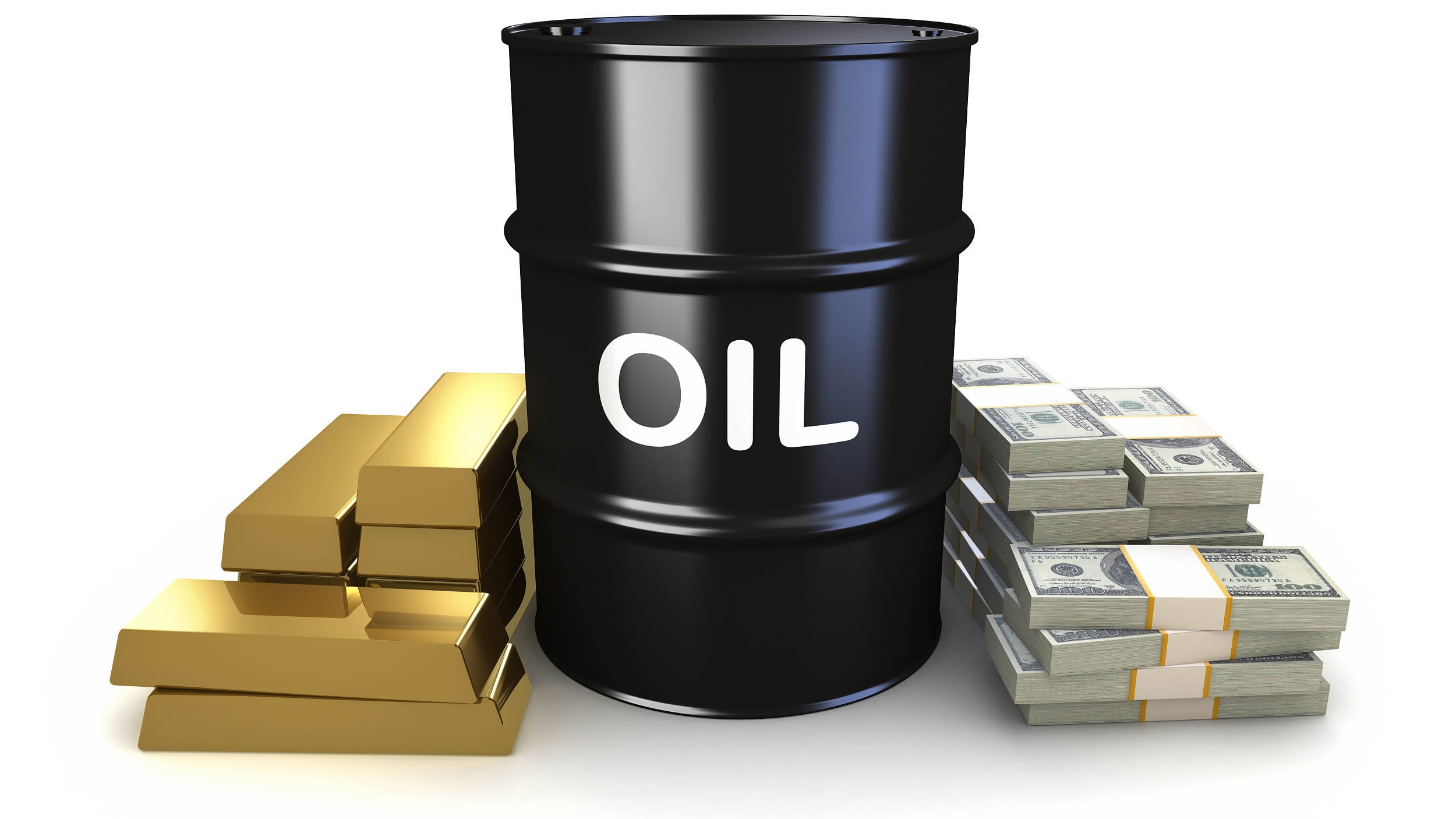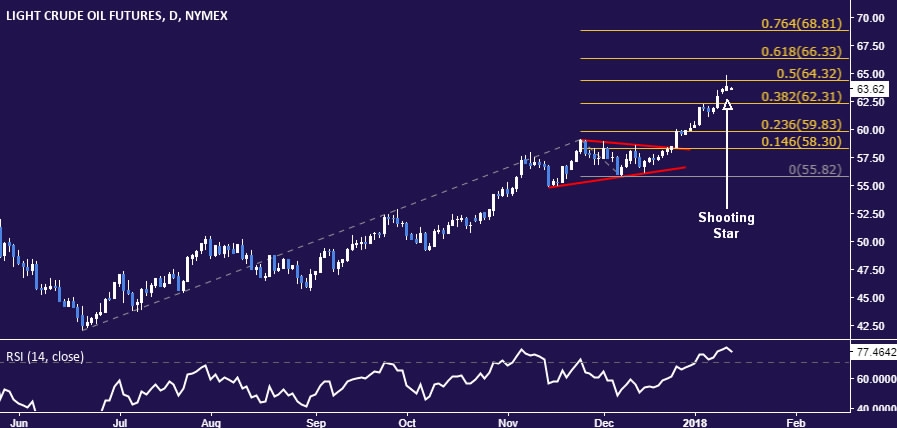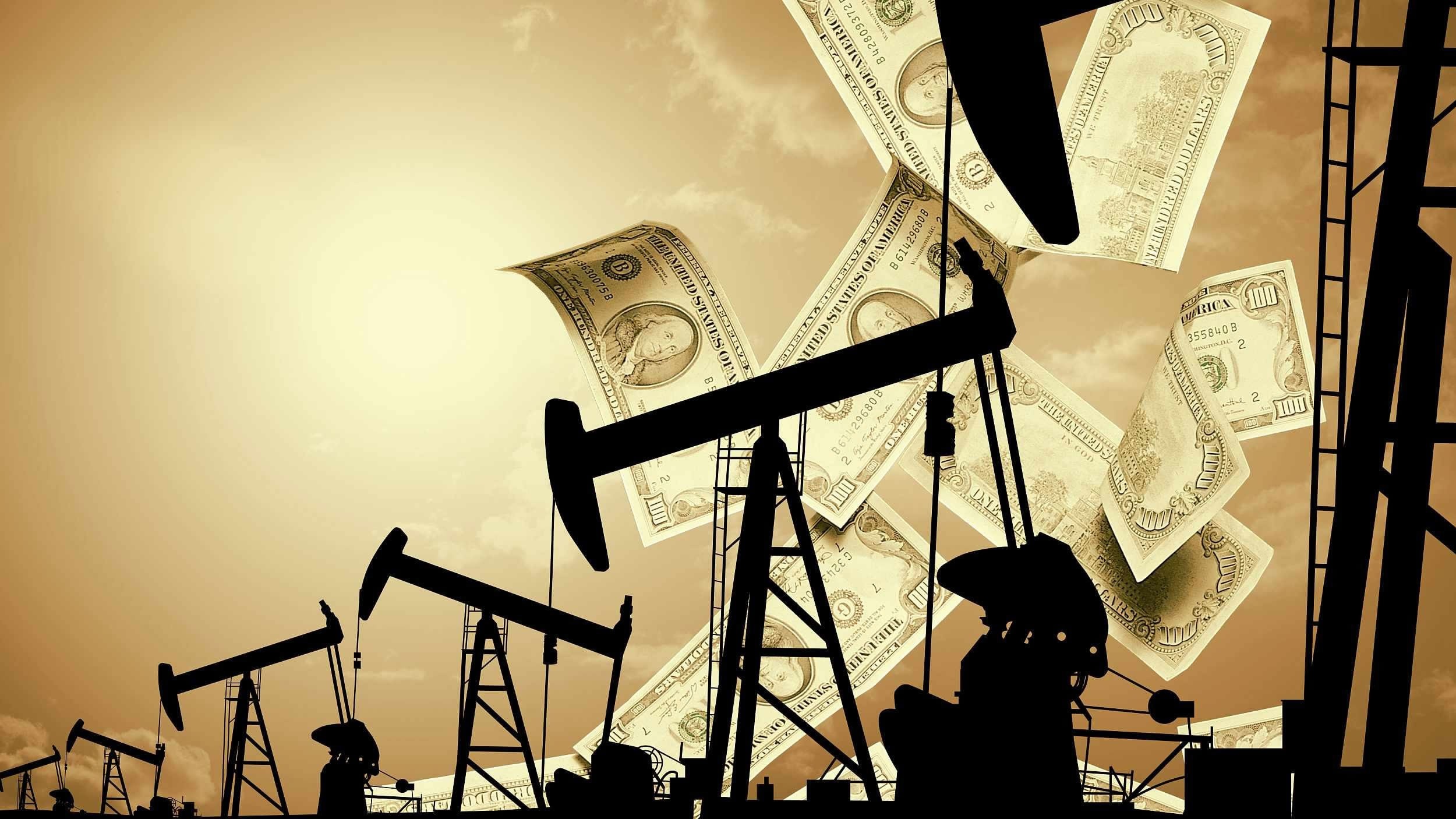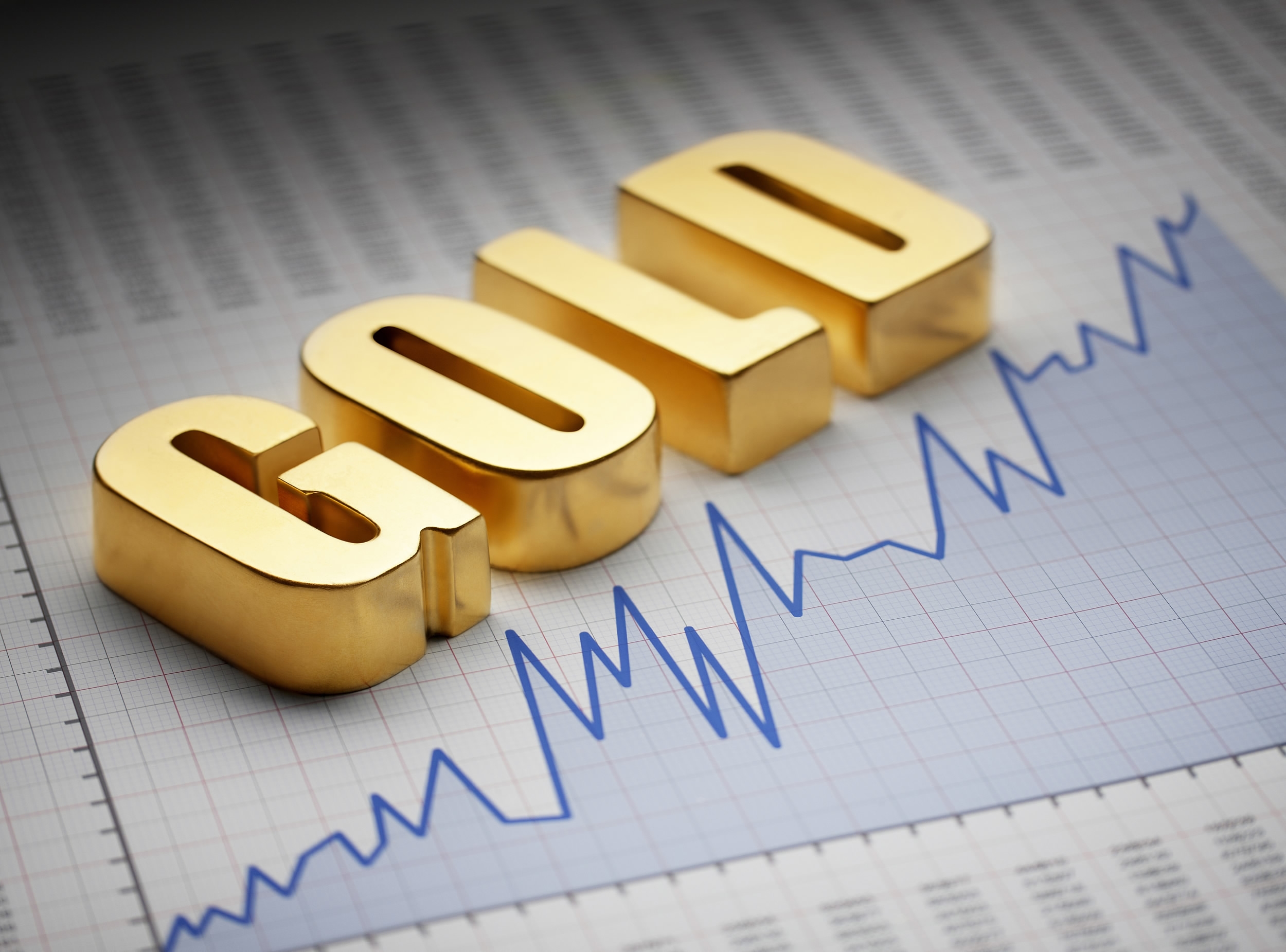
Business
22:29, 13-Jan-2018
Will oil and gold go their separate ways in 2018?
CGTN

Both oil and gold moved up in 2017, with Brent oil increasing by 17 percent, West Texas Intermediate (WTI) up 11.5 percent, and gold up 13 percent. Despite the dollar being inversely related to each, gold and oil do not always move in lockstep. Will the two continue to go up in 2018 or go their separate ways?
Analysts' forecast: Oil to stay around $60, gold $1,300

Brent for March settlement ended this week at 69.87 dollars a barrel on the London-based ICE Futures Europe exchange after rising above the 70 dollars a barrel threshold on Thursday for the first time in three years. The global benchmark traded at a premium of 5.64 dollars to March WTI.
Saxo Bank sees Brent at 60 dollars a barrel by the end of 2018 and WTI three dollars lower at 57 dollars per barrel as changes in supply and demand would hold prices back.
Ole Hansen, the head of commodity strategy at Saxo Bank, said, “Given the impact on the price of oil of a few hundred thousand barrels per day in changed supply or demand we see the risk – especially during the first half of 2018 – skewed to lower prices with Brent crude oil more likely to trade in a 50 dollars to 60 dollars range than 60 dollars to 70 dollars.”
Hansen noted the oil price rally at the end of 2017 and the beginning of 2018 was primarily supported by multiple but temporary supply disruptions, such as protests across Iran and the drop in US inventories.

VCG Photo
VCG Photo
Yet, geopolitical upset in the Middle East is not to be neglected.
“Renewed geopolitical risks (of which we have had plenty during the second half of 2017) are likely to be the key source of support and one which could upset our call for stable-to-lower prices during 2018,” Hansen said.
James Butterfill, head of research at ETF Securities, is slightly more bearish, saying prices will likely remain in a range from 45 dollars to 60 dollars per barrel for 2018, as they predict US oil production would hit an all-time high this year, surpassing the 10 million barrel-per-day mark last hit in 1970.

VCG Photo
VCG Photo
Gold prices marched into 2018 on a bullish note, breaking above the psychologically important 1,300-dollar level. It climbed to 1323.40 dollars a troy ounce on the Comex division of the New York Mercantile Exchange Friday.
Lukman Otunuga, research analyst at FXTM, believed gold will remain supported this year, providing the dollar a threat of depreciating further.
However, James Hughes, chief market analyst at AxiTrader, gave a bleak projection for gold prices this year.
"The deterioration of geopolitical risks and the stabilization of the Central bank policies could mean that there is a minimized need for the safe haven aspect of gold, which means that although we could rally in the short term, a correction towards the 1,300-dollar level if not lower could be on the cards later in the year," Hughes said.
Goldman Sachs expected the gold prices to fall to 1,200 dollars per ounce by mid-2018 due to further rate hikes from the US Federal Reserve, continued robust GDP growth in developed markets and no deterioration in geopolitical risks.
Gold to oil ratio – a risk indicator to watch
Though gold and oil are not always highly correlated, the desire among investors to group the two popular commodities together remains strong as they like to trade in terms of baskets and bundle them together.
Investors also use the indicator of gold to oil ratio, among others, to map the economic landscape given the ratio’s uncanny knack for predicting big financial crises.
The gold to oil ratio determines the number of barrels of oil that one ounce of gold will buy.
In the past when the ratio spiked to absurd highs it has been followed by some form of economic crisis. In fact, it has successfully predicted four crises over the last 27 years. This had led many pundits to rely upon it as a tool for identifying whether additional crises are emerging.

SITEMAP
Copyright © 2018 CGTN. Beijing ICP prepared NO.16065310-3
Copyright © 2018 CGTN. Beijing ICP prepared NO.16065310-3